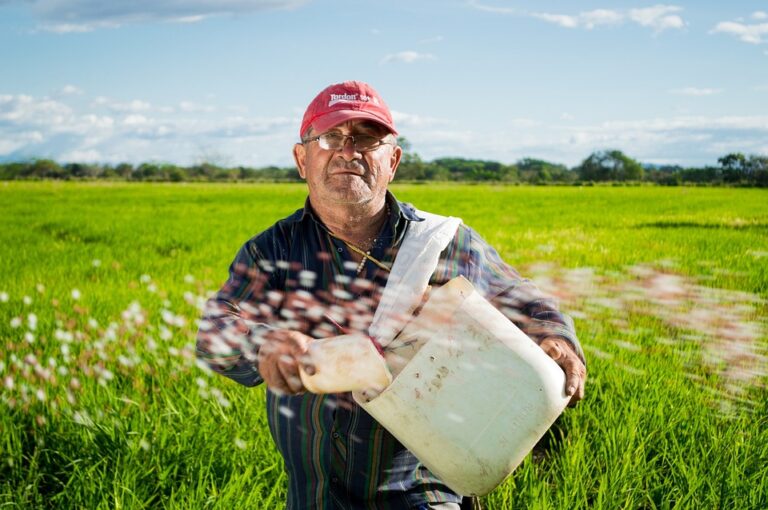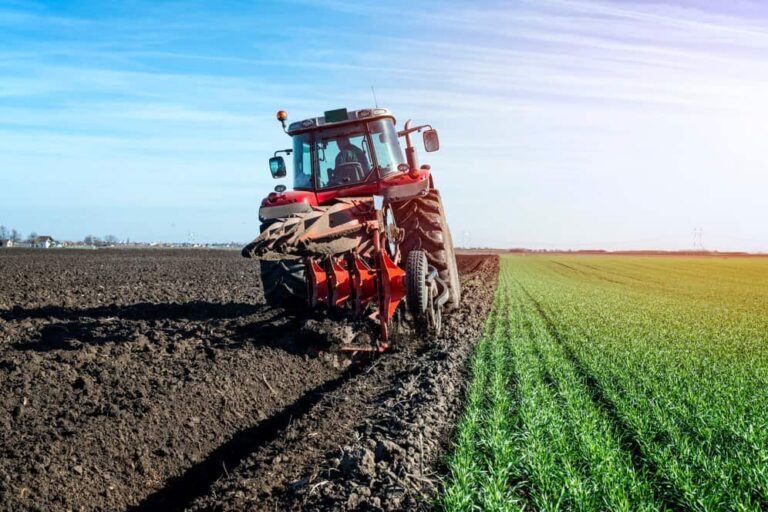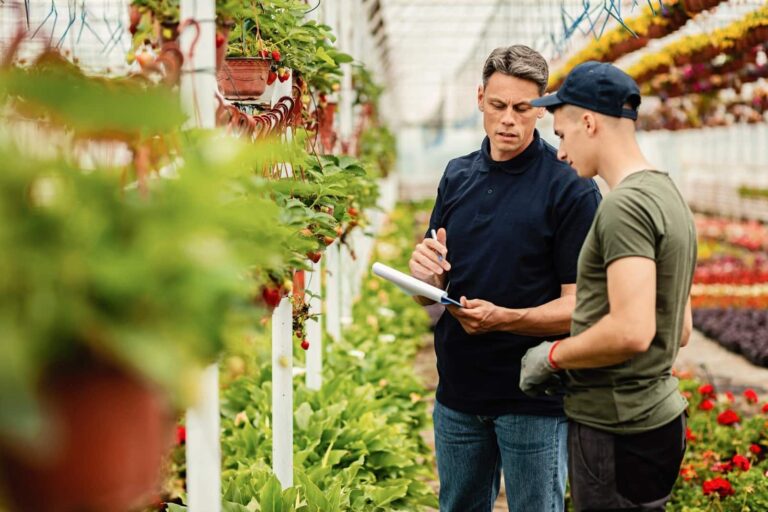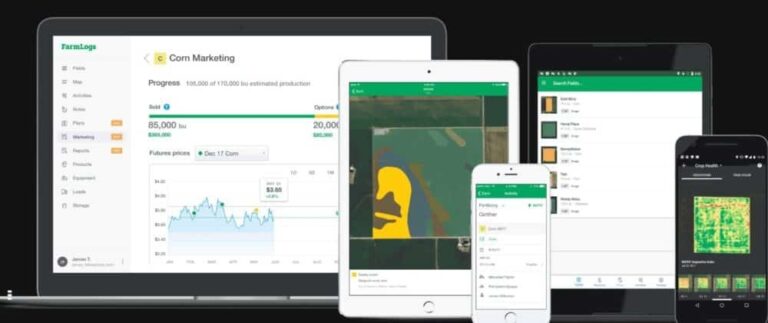Agriculture, a foundational pillar of human civilization, encompasses the cultivation of crops and the rearing of livestock, providing essential resources such as food, fiber, and raw materials for various industries. Over the centuries, agricultural practices have evolved, adapting to technological advancements and changing human needs.
Pastoral Farming: An Ancient Practice
Pastoral Farming focuses on livestock herding, primarily on lands predominantly suitable for grass and weed cultivation, offering a sustainable way to utilize lands unfit for crop production.
Pros:
- Minimal groundwater usage;
- Natural fertilization through animal manure.
Cons:
- High financial risk due to dependency on animal health and productivity.
Shifting Agriculture: Traditional Yet Controversial
Shifting Agriculture involves the cyclical clearing of forest land for crop cultivation until soil fertility declines, a method historically rooted in many indigenous cultures.
Pros:
- Reduced need for chemical inputs due to natural soil nutrients;
- Lower pest infestation risks due to pre-cultivation burning.
Cons:
- Lower yields compared to modern practices;
- Environmental concerns, including deforestation and carbon emissions.
Subsistence Farming: Self-sufficiency at its Core
Subsistence Farming prioritizes the farmer’s and their family’s needs, utilizing traditional methods without modern technological interventions.
Pros:
- Cost-effective and employment-generating for local communities;
- Low environmental impact.
Cons:
- Limited yield and crop diversity;
- Vulnerable to climate variability.
Commercial Agriculture: The Backbone of Urban Supply
Commercial Agriculture caters to the market demand, employing large-scale operations to produce cash crops and staples for urban consumption.
Pros:
- Economies of scale reduce production costs;
- Supports urban food supply chains.
Cons:
- High demand leads to increased use of synthetic inputs, potentially reducing product quality.
Intensive Farming: Maximizing Output
Intensive Farming is characterized by high-input, high-output cultivation methods, especially prevalent in regions with significant rainfall and tropical climates.
Pros:
- High yields and efficient monitoring;
- Utilizes natural climate conditions and soil minerals.
Cons:
- Potential overreliance on chemicals to meet production targets.
Evolving Dynamics in Agricultural Practices
As we navigate the transition from traditional to innovative agricultural practices, it becomes essential to understand the environmental and economic implications of our choices. Traditional methods, such as pastoral and shifting agriculture, have sustained human populations for centuries, offering a deep connection to the land and cycles of nature. However, these practices are increasingly challenged by the demands of a growing global population and the need for sustainable food production systems.
The advent of commercial and intensive farming practices has introduced a paradigm shift, focusing on maximizing output and efficiency. While these methods have significantly increased food availability, they also raise concerns about long-term soil health, biodiversity, and ecological balance. The integration of technology in agriculture, from precision farming to the use of genetically modified organisms (GMOs), presents opportunities for enhancing productivity while potentially mitigating some environmental impacts. Yet, the debate continues regarding the best path forward, balancing the need for food security with the preservation of the earth’s natural resources.
Sustainable Agriculture: A Path Forward
The concept of sustainable agriculture emerges as a compelling solution, aiming to reconcile the need for food production with environmental stewardship. This approach encompasses a variety of practices designed to minimize negative impacts on the environment, enhance soil fertility, and increase the resilience of food systems to climate change. Practices such as crop rotation, organic farming, agroforestry, and the conservation of water resources are at the forefront of sustainable agriculture.
These methods not only support ecological balance but also offer economic benefits by reducing dependency on chemical inputs and enhancing the long-term viability of farming operations. Moreover, sustainable agriculture promotes social equity by ensuring that resources are used judiciously and that local communities are engaged and benefited. As we look to the future, the integration of traditional knowledge with innovative technologies and practices presents a holistic approach to food production that honors our planet’s health and ensures food security for future generations.
Comparative Table: Traditional vs. Sustainable Agricultural Practices
| Aspect | Traditional Agriculture | Sustainable Agriculture |
|---|---|---|
| Objective | Maximizing yield using historical practices | Balancing yield with environmental and social sustainability |
| Methods | Dependence on natural rainfall, manual labor | Use of sustainable technologies, crop rotation, organic inputs |
| Environmental Impact | Varies, can be high due to practices like shifting cultivation | Reduced impact, focuses on preserving biodiversity and soil health |
| Economic Efficiency | Often lower due to limited inputs and technology | Potentially higher in the long term with reduced input costs and enhanced resilience |
| Social Aspects | Deep cultural and community ties, knowledge passed through generations | Promotes social equity, community involvement, and fair trade practices |
| Adaptability to Climate Change | Limited, vulnerable to extreme weather events | Higher, with practices designed to increase resilience and adaptability |
Conclusion
While the spectrum of agricultural practices is broad, each with its unique benefits and drawbacks, the trend towards intensive farming dominates. This shift aligns with the global move towards urbanization, where market-driven demands prioritize efficiency and scale. However, the environmental and health implications of such practices necessitate a balanced approach, integrating sustainable methods with modern agriculture’s efficiency to ensure food security and environmental stewardship for future generations.











